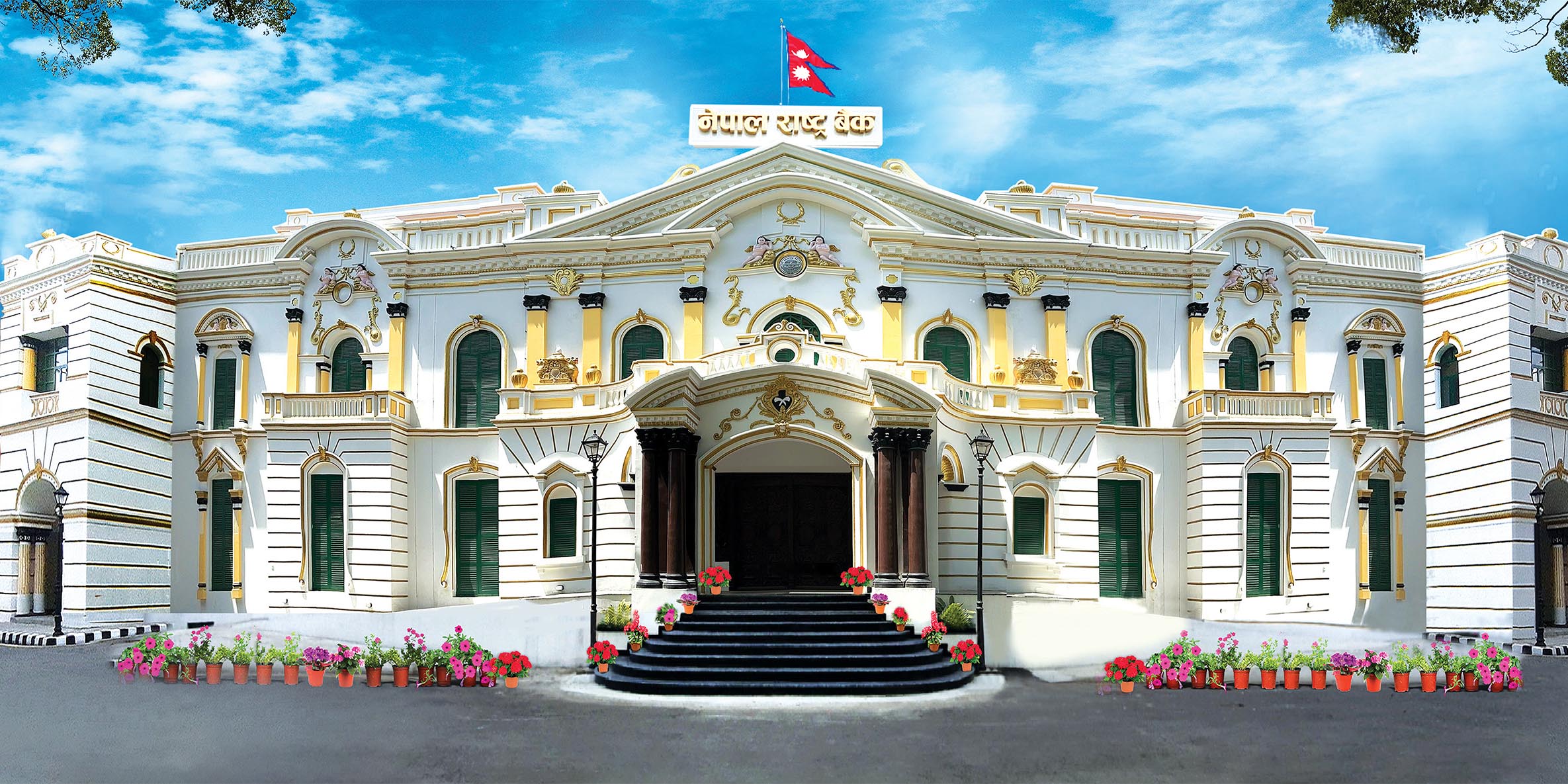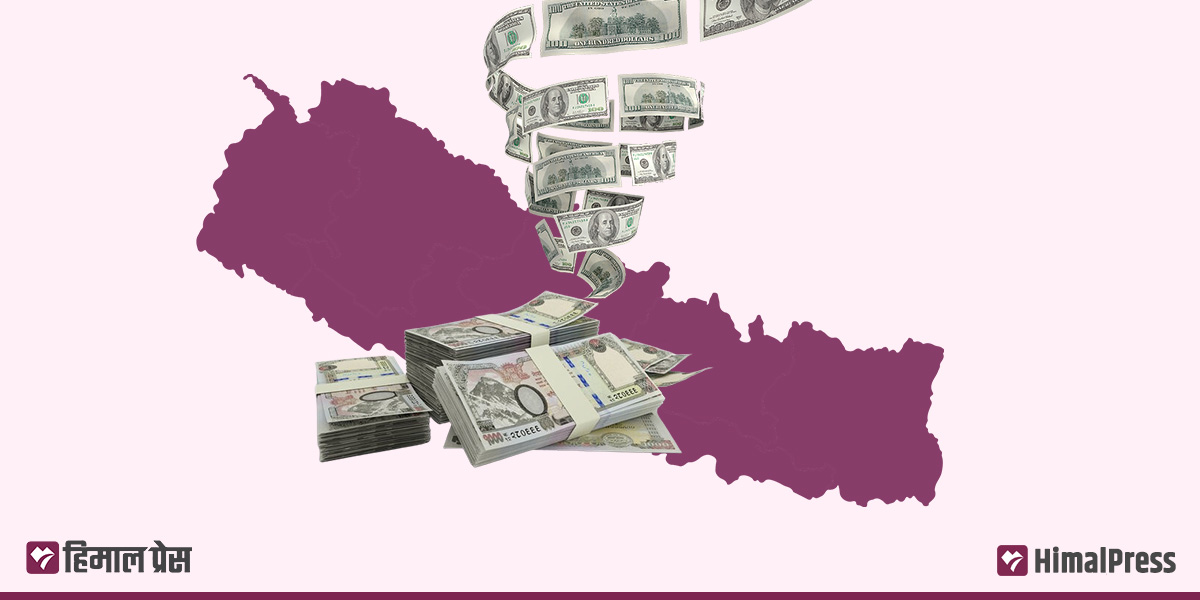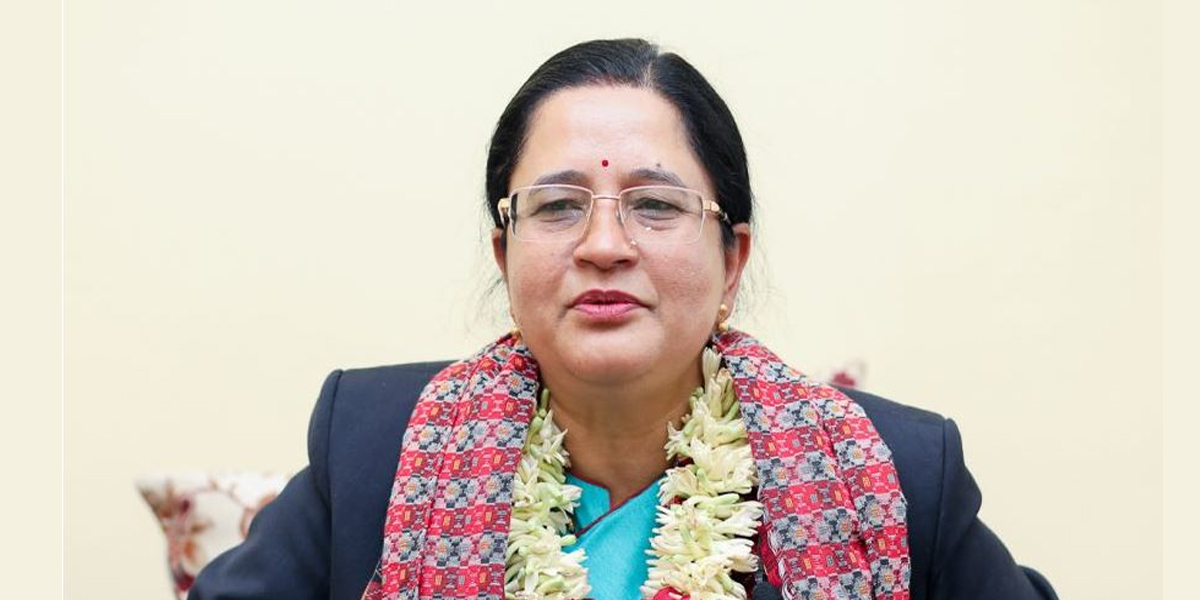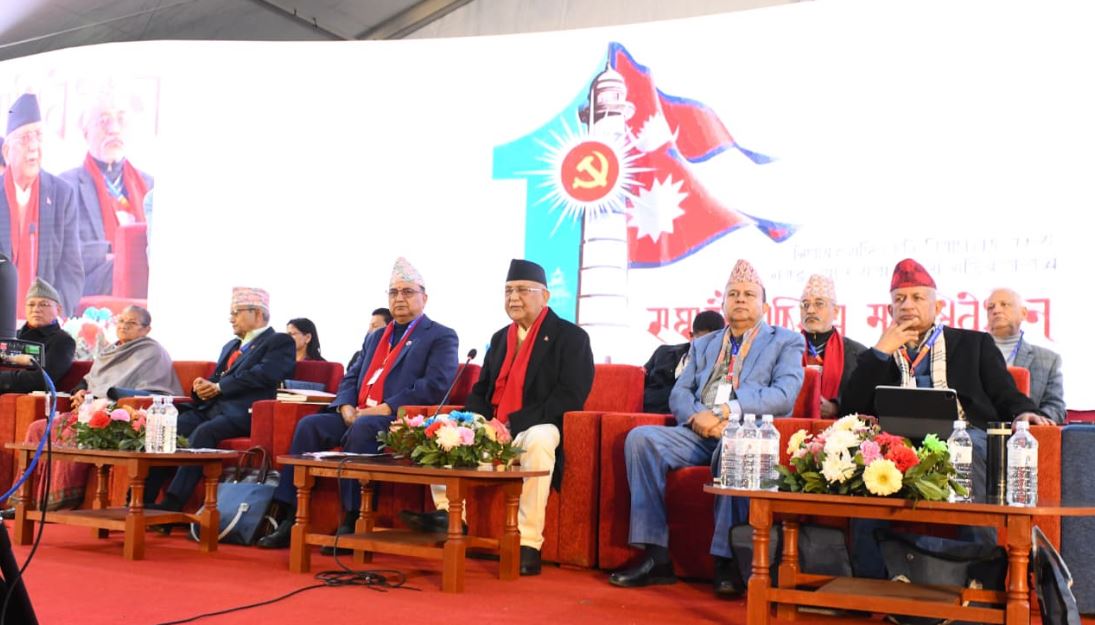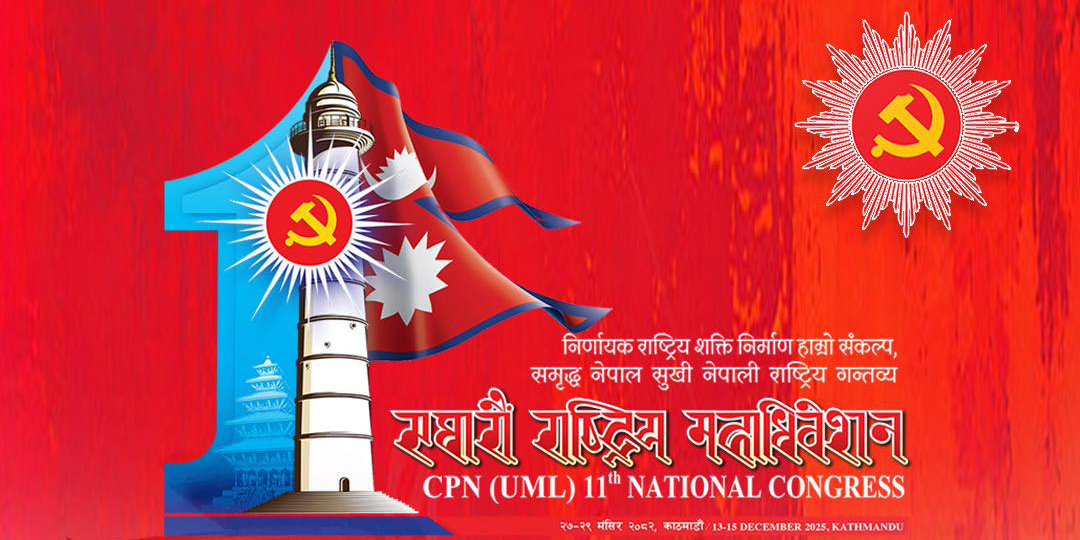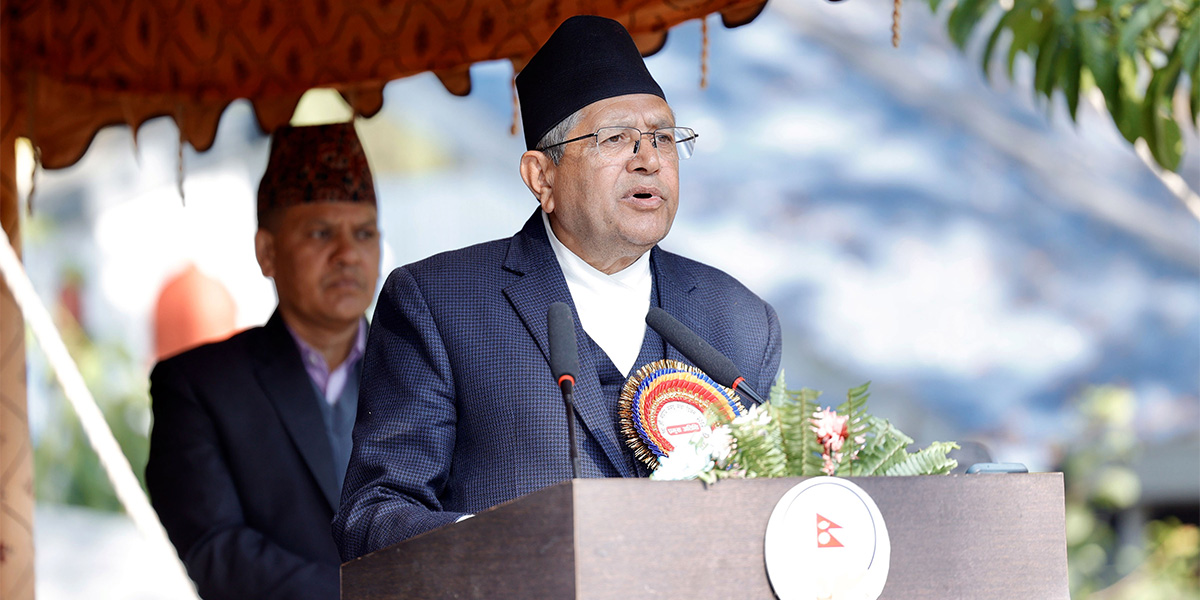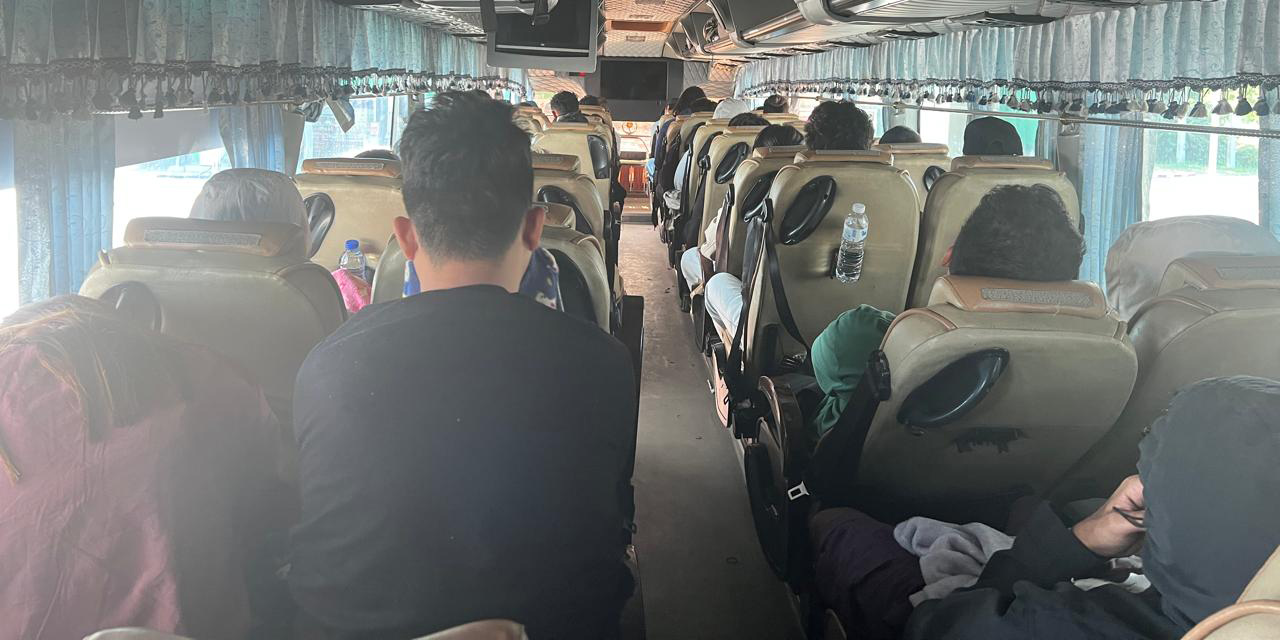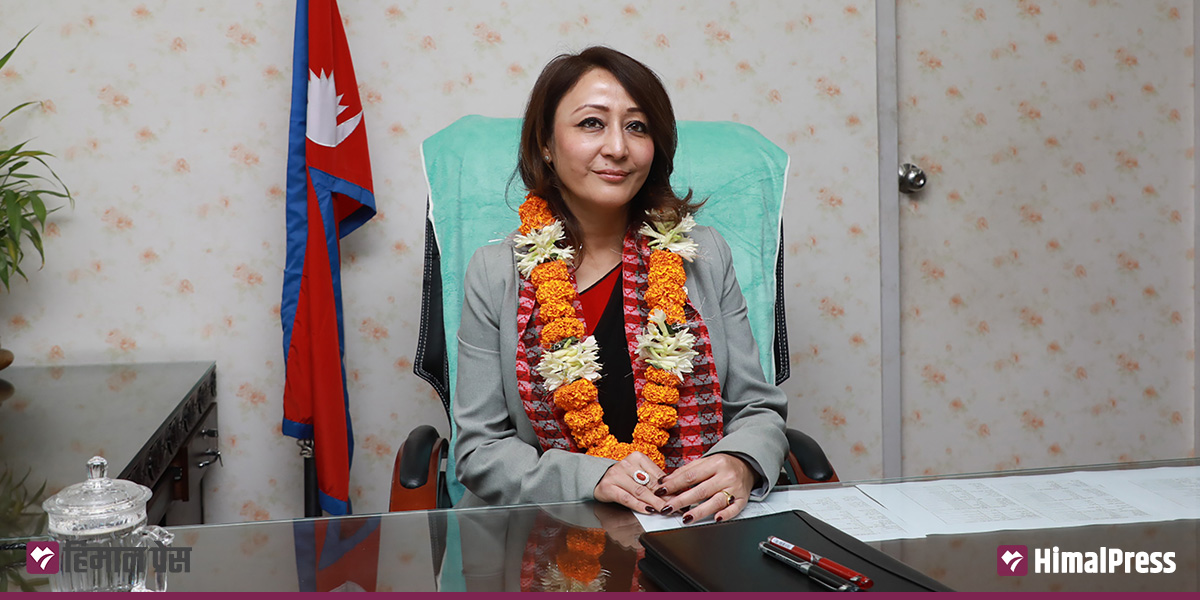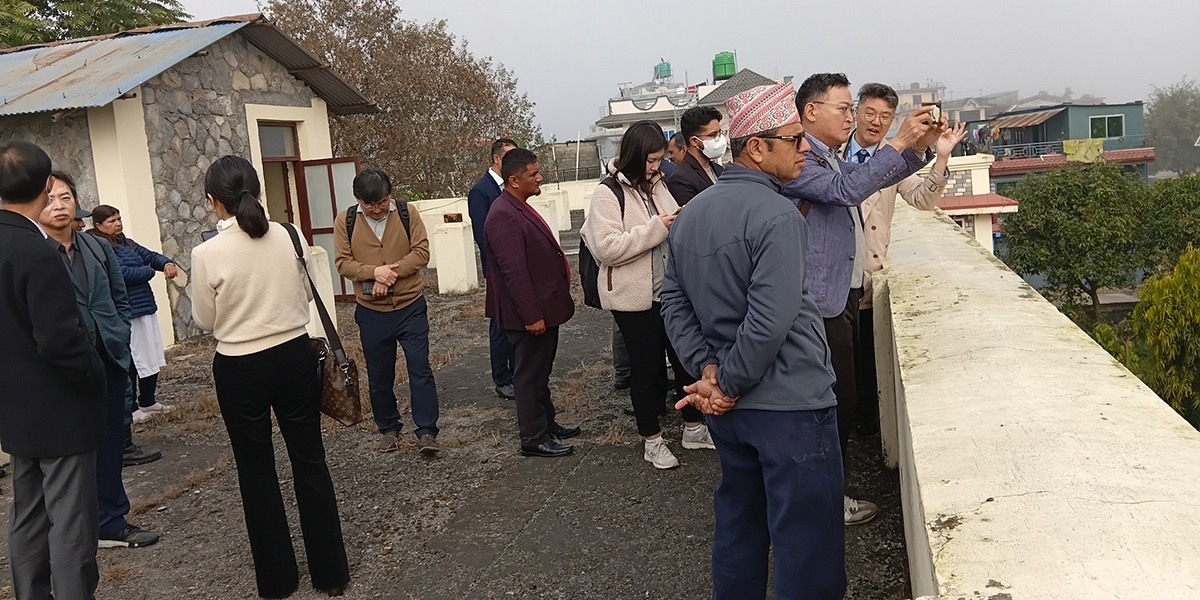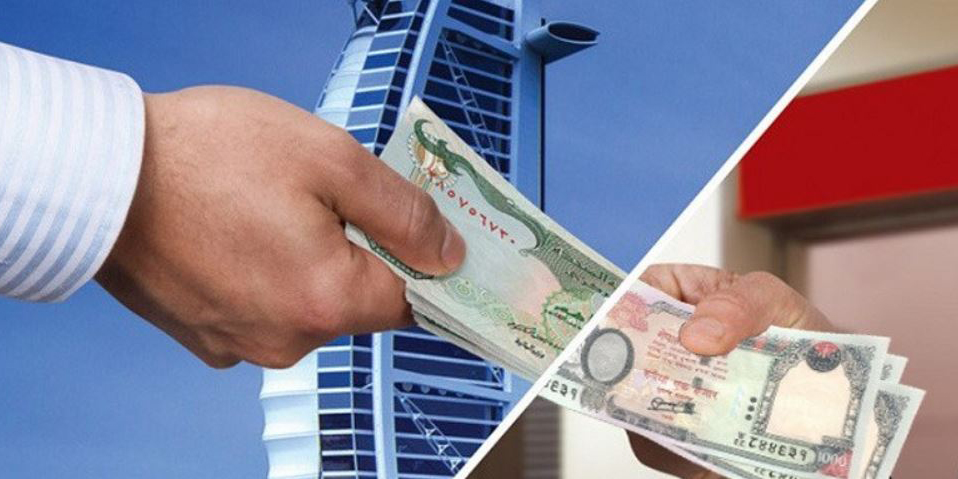
KATHMANDU: Remittance inflows surged by 23.4% to reach Rs 1,005.18 billion over the first 10 months of the current fiscal year, compared to a minimal increase of 0.5% in the same period of the previous year. In US Dollar terms, remittance inflows increased by 13.4%, totaling $7.70 billion.
According to the Macro Economic Situation Report based on data from the first 10 months of the fiscal year 2023/24 released by the Nepal Rastra Bank (NRB) on Friday, the number of Nepali workers seeking foreign employment approvals showed a substantial increase in the period. Approvals for new workers rose by 51.4% to 421,279, while renewals increased by 3.7% to 238,976.
The net transfer also experienced a notable uptick, rising by 22.5% to Rs 1,110.22 billion, compared to a marginal 0.3% increase in the previous year.
Moreover, the balance of payments (BOP) shifted from a deficit of Rs. 545.06 billion to a surplus of Rs. 214.67 billion in the review period. In US Dollar terms, the BOP registered a surplus of $1.63 billion, a stark contrast to the previous year’s deficit of $2.41 billion. This surplus demonstrates the country’s improving trade balance and financial resilience.
The reserves held by the banking sector are projected to cover prospective merchandise imports for 11.2 months and merchandise and services imports for 9.7 months
The foreign exchange reserves also witnessed a substantial boost, increasing by 20.9% to Rs 1,470.33 billion in mid-May 2023 from Rs. 1,215.80 billion in mid-May 2022. In US Dollar terms, the reserves grew by 17.6%, reaching 11.21 billion. The reserves held by Nepal Rastra Bank (NRB) increased by 24.1% to Rs. 1310.66 billion, while reserves held by banks and financial institutions slightly rose by 0.2% to Rs. 159.68 billion.
The reserves held by the banking sector are projected to cover prospective merchandise imports for 11.2 months and merchandise and services imports for 9.7 months based on the imports recorded during the first ten months of 2022/23.

 Himal Press
Himal Press 